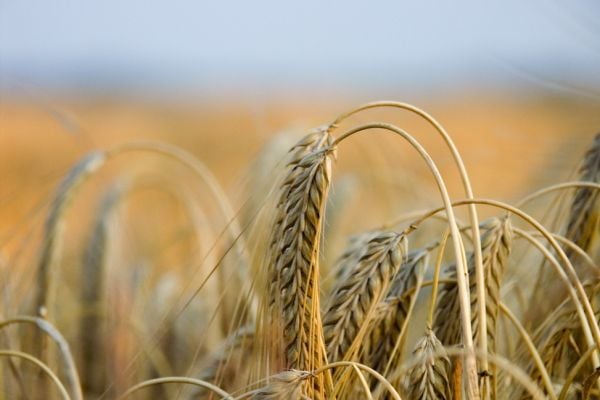World food prices fell for a third consecutive month in June, but remained close to record high levels set in March, the United Nations' food agency said on Friday.
The Food and Agriculture Organization's (FAO) food price index, which tracks the most globally traded food commodities, averaged 154.2 points last month versus a revised 157.9 for May.
The May figure was previously put at 157.4.
Despite the monthly decline, the June index was still 23.1% higher than a year earlier, pushed up by the impact of the Russian invasion of Ukraine, concerns over adverse weather, strong global demand and high production and transport costs.
"The factors that drove global prices high in the first place are still at play," said FAO chief economist Maximo Torero Cullen.
In separate cereal supply and demand estimates, the FAO raised its forecast for global cereal production in 2022 to 2.792 billion tonnes from a previously given 2.784 billion. This is still 0.6% short of the world output in 2021.
Seasonal Availability
FAO's cereal index dropped 4.1% from May, but was still up 27.6% year-on-year. FAO said June's decline was driven by the seasonal availability from new harvests in the northern hemisphere, improved crop conditions in some major producing countries, and higher production prospects in Russia.
The vegetable oil price index fell 7.6% month-on-month, pushed down by seasonally rising output of major producing nations and the prospects of increased supplies from Indonesia.
The sugar index fell 2.6% from May, with slowing global economic growth weighing on demand.
The meat index rose 1.7% in June, setting a new record high, while the dairy index jumped 4.1% month-on-month. World milk powder prices increased on strong import demand and persistent global supply tightness.
Read More: UNFAO Receives $17m For Ukraine Grain Storage
Cereal Output
FAO said its increased forecast for cereal output was largely driven by a 6.4-million-tonne upward revision made to the coarse grain production estimate.
The forecast for world cereal utilisation in 2022/23 was also raised, up 9.2 million tonnes to 2.797 billion tonnes. However, this still represented a 0.1% dip on 2021/22 levels, mostly reflecting expectations of lower feed use.
FAO estimated that world cereal stocks at the close of seasons in 2023 would total 854 million tonnes, up 7.6 million tonnes from last month's forecast, but nonetheless a year-on-year decline of 0.6%.














